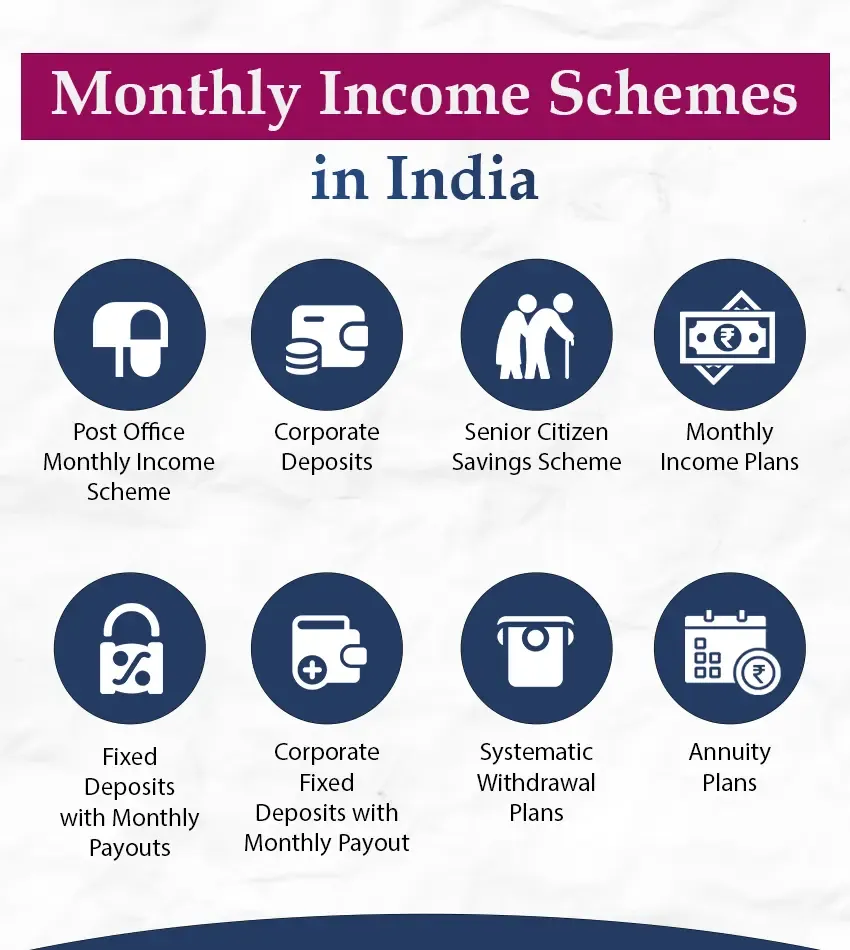Related Articles
What is Investment Definition?
An investment is essentially an asset that is created with the intention of allowing money to…
Read MoreInvestment Options
Choosing the best investment options for wealth management is an area of concern for people…
Read MoreTypes of Investment in India
Over the years, the Indian financial market has evolved. With this evolvement, financially savvy types…
Read More











We would like to hear from you
Let us know about your experience or any feedback that might help us serve you better in future.
Do you have any thoughts you’d like to share?